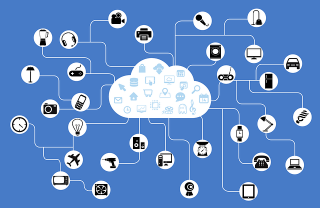Munic.Box is a wireless OBD device for vehicles, designed by Mobile Devices, a company that designed several other devices (C4, Dreevo, etc.)
The Munic.Box is highly configurable. It can monitor many vehicle parameters (location, speed, acceleration, etc.) in real time, including some OBD data. Data is sent to CloudConnect, a communication server that can forward received data to your own application, thanks to a webhook. Continue reading “Munic.Box data”


